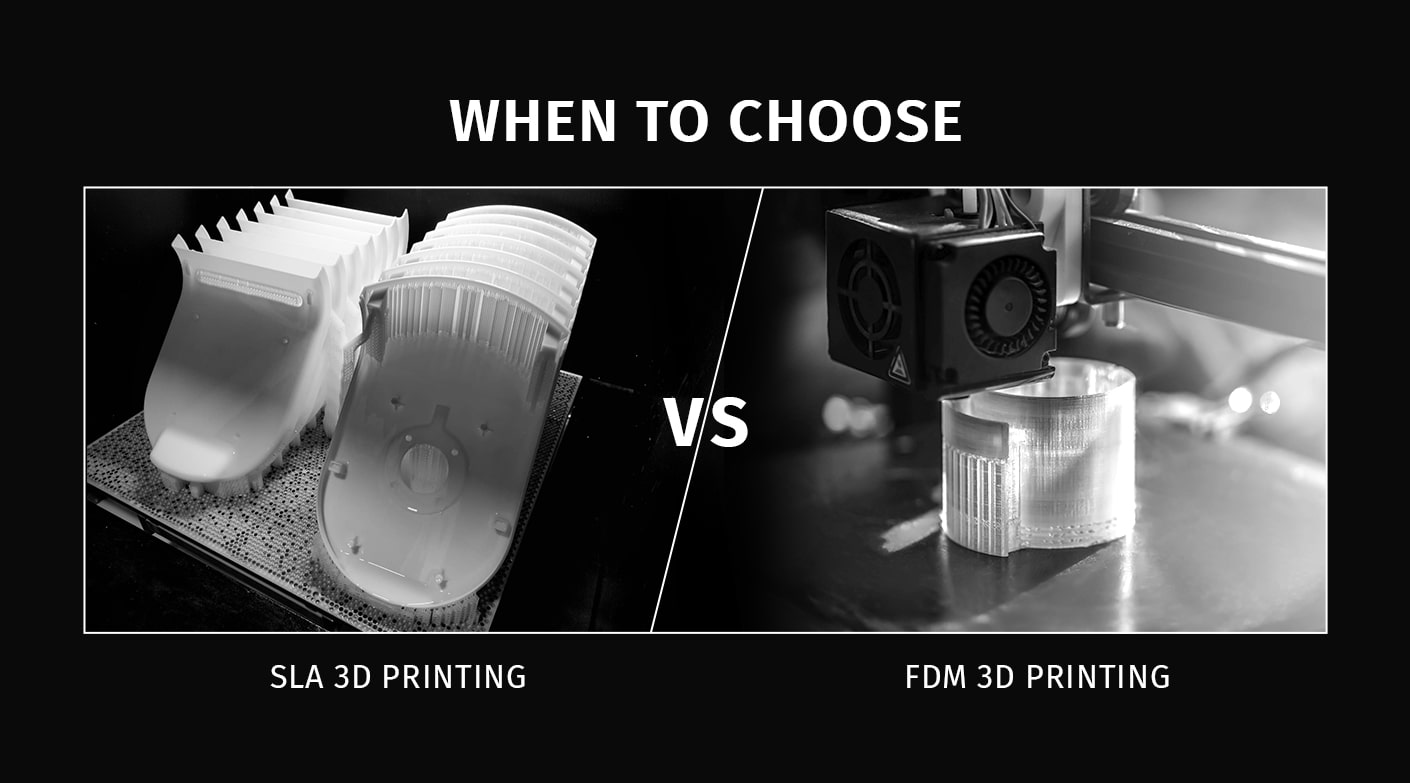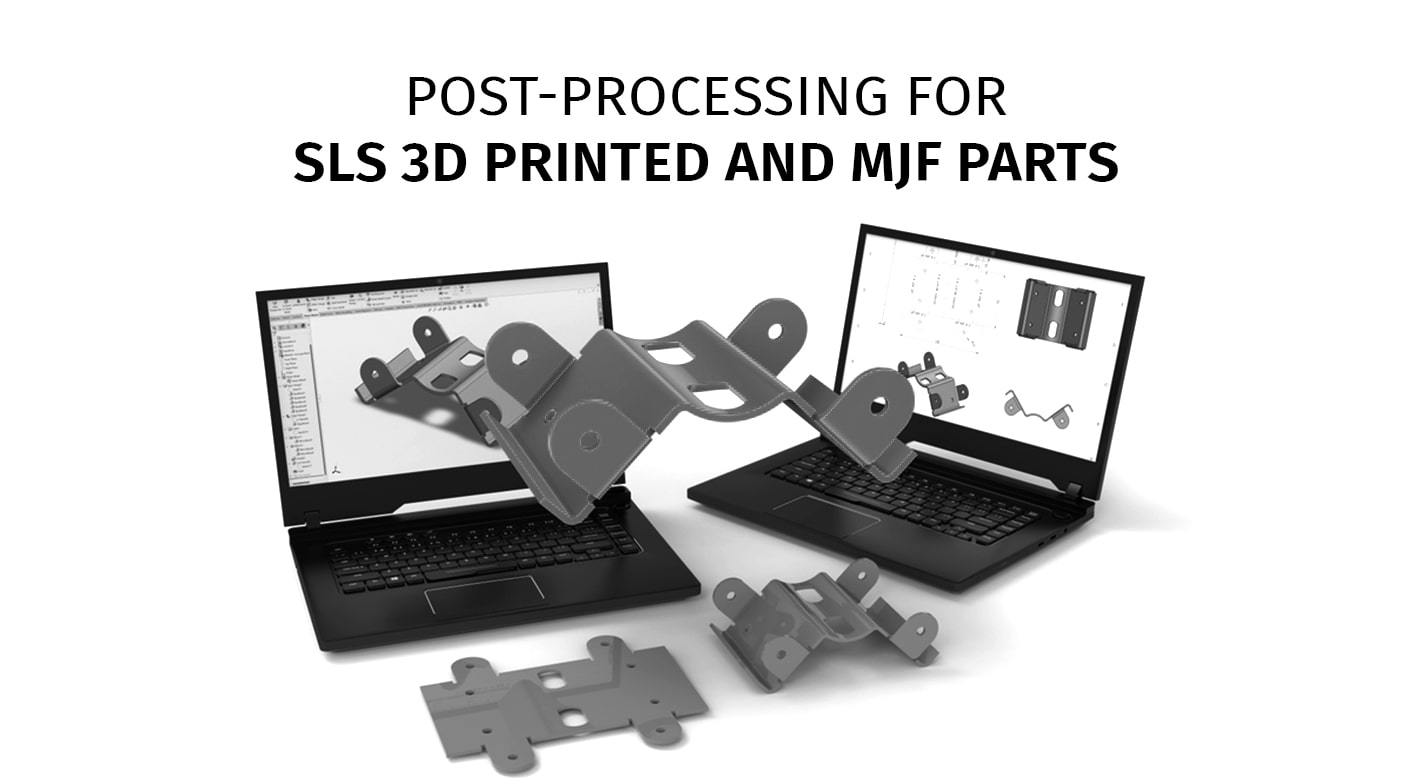Medical 3D printing is revolutionizing the healthcare industry, offering innovative solutions for personalized treatment, improved patient outcomes, and enhanced medical research. As this technology evolves, the scope of what can be achieved continues to expand.
In this blog, we will explore the current possibilities of 3D printing in medical field, its applications in healthcare, and how 3D printing services in India are contributing to this transformative field.
What is Medical 3D Printing?
Medical 3D printing, also known as additive manufacturing, involves creating three-dimensional objects layer by layer from digital models. This technology enables the production of complex and customized medical devices, implants, and even biological tissues. By using materials such as plastics, metals, and biocompatible substances, 3D printing has opened new frontiers in patient-specific care and medical innovation.
Current Applications of 3D Printing in Healthcare
1. Customized Prosthetics and Orthotics
One of the most impactful applications of medical 3D printing is the creation of customized prosthetics and orthotics. Traditional prosthetic limbs are often expensive and require lengthy fitting processes. In contrast, 3D printing allows for the rapid production of affordable, tailor-made prosthetics that fit patients perfectly. This not only enhances comfort and functionality but also reduces the time and cost associated with traditional manufacturing methods.
2. Patient-Specific Surgical Guides and Models
Surgeons are increasingly using 3D printed surgical guides and anatomical models to plan complex procedures. These patient-specific models, created from CT or MRI scans, provide a detailed representation of the patient’s anatomy. Surgeons can use these models to practice surgeries, improve precision, and reduce the risk of complications. This application is particularly beneficial in orthopedics, neurosurgery, and cardiovascular surgery.
3. Implants and Bioprinting
Medical industry 3D printing is also making strides in the production of customized implants. For instance, 3D printed titanium implants are used in cranial and maxillofacial surgeries to replace or reconstruct bone structures. These implants are designed to match the patient’s anatomy precisely, ensuring a better fit and faster recovery.
Bioprinting, a subset of medical 3D printing, involves printing with bioinks made from living cells and biomaterials. This technology holds the potential to create tissue and organ structures for transplantation. While fully functional bioprinted organs are still in the research phase, significant progress has been made in printing tissues, blood vessels, and skin grafts, offering promising solutions for regenerative medicine.
4. Medical Devices and Tools
3D printing in healthcare is revolutionizing the production of medical devices and tools. Customized surgical instruments, such as clamps and forceps, can be printed to meet specific requirements. This customization improves the ergonomics and efficiency of surgical procedures. Additionally, 3D printing enables the rapid prototyping and testing of new medical devices, accelerating the development process and bringing innovative solutions to market faster.
The Role of 3D Printing Services in India
India is emerging as a significant player in the global healthcare 3D printing landscape. With a growing number of startups, research institutions, and healthcare providers adopting this technology, 3D printing services in India are contributing to the advancement of medical care in several ways:
1. Accessibility and Affordability
3D printing services in India are making medical innovations more accessible and affordable. By offering cost-effective solutions for customized prosthetics, implants, and surgical guides, these services are bridging the gap between cutting-edge technology and patient care. This affordability is particularly crucial in a country where access to advanced medical treatments can be limited.
2. Collaboration and Innovation
Indian companies and research institutions are actively collaborating with global leaders in healthcare 3D printing to drive innovation. These partnerships are fostering the development of new materials, techniques, and applications tailored to the unique needs of the Indian healthcare system. For example, collaborations with international bioprinting experts are paving the way for advancements in tissue engineering and regenerative medicine.
3. Skill Development and Training
To harness the full potential of healthcare 3D printing, it is essential to build a skilled workforce. 3D printing services in India are investing in training programs and workshops to educate healthcare professionals, engineers, and researchers about the latest advancements in additive manufacturing. By building a talent pool proficient in 3D printing, India is positioning itself as a hub for medical innovation.
Future Possibilities of Medical 3D Printing
The future of medical 3D printing holds immense promise. As research and development continue, we can expect several exciting advancements:
1. Fully Functional Bioprinted Organs
While we are still in the early stages of bioprinting, researchers are optimistic about the possibility of creating fully functional bioprinted organs for transplantation. This breakthrough could address the critical shortage of donor organs and save countless lives.
2. Personalized Medicine
Medical 3D printing will play a crucial role in the advancement of personalized medicine. By creating patient-specific implants, prosthetics, and drug delivery systems, healthcare providers can offer treatments tailored to the individual needs of each patient, improving outcomes and reducing side effects.
3. On-Demand Medical Solutions
In the future, hospitals and clinics may have on-site 3D printing facilities capable of producing medical devices, implants, and tools on demand. This capability would streamline supply chains, reduce waiting times, and ensure that patients receive the best possible care when they need it.
Medical 3D printing is transforming the healthcare industry by enabling the production of customized, patient-specific solutions that enhance treatment outcomes and improve the quality of life. From prosthetics and surgical guides to implants and bioprinting, the possibilities of 3D printing in healthcare are vast and continually expanding. In India, the growing ecosystem of 3D printing services is playing a pivotal role in making these innovations accessible and affordable.
As we look to the future, the continued development of medical 3D printing promises to revolutionize healthcare, offering new hope for patients and paving the way for a new era of personalized medicine.














